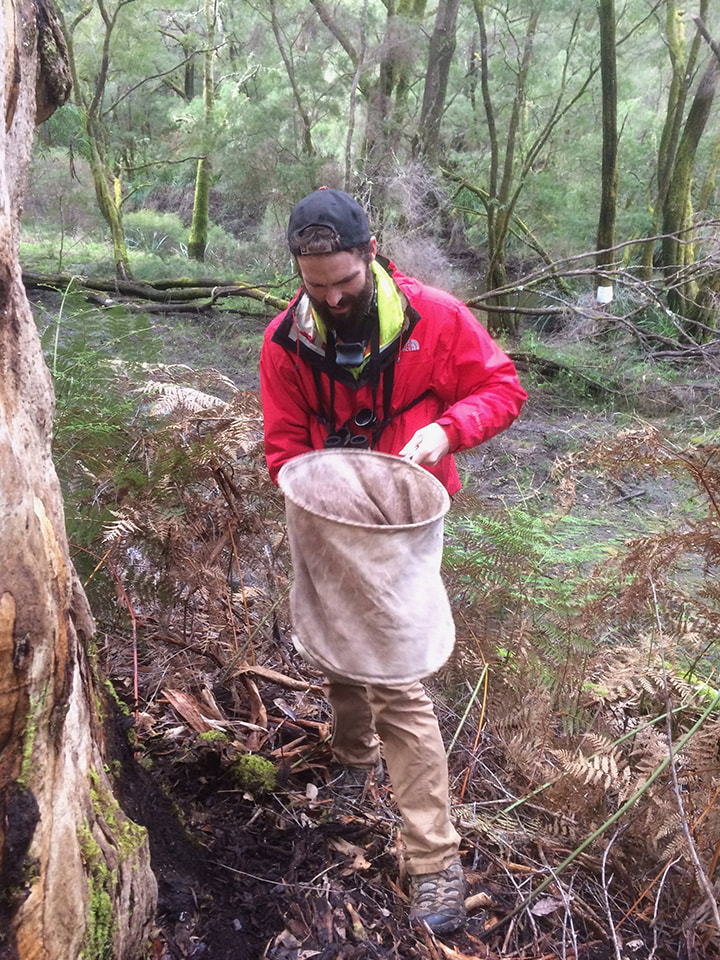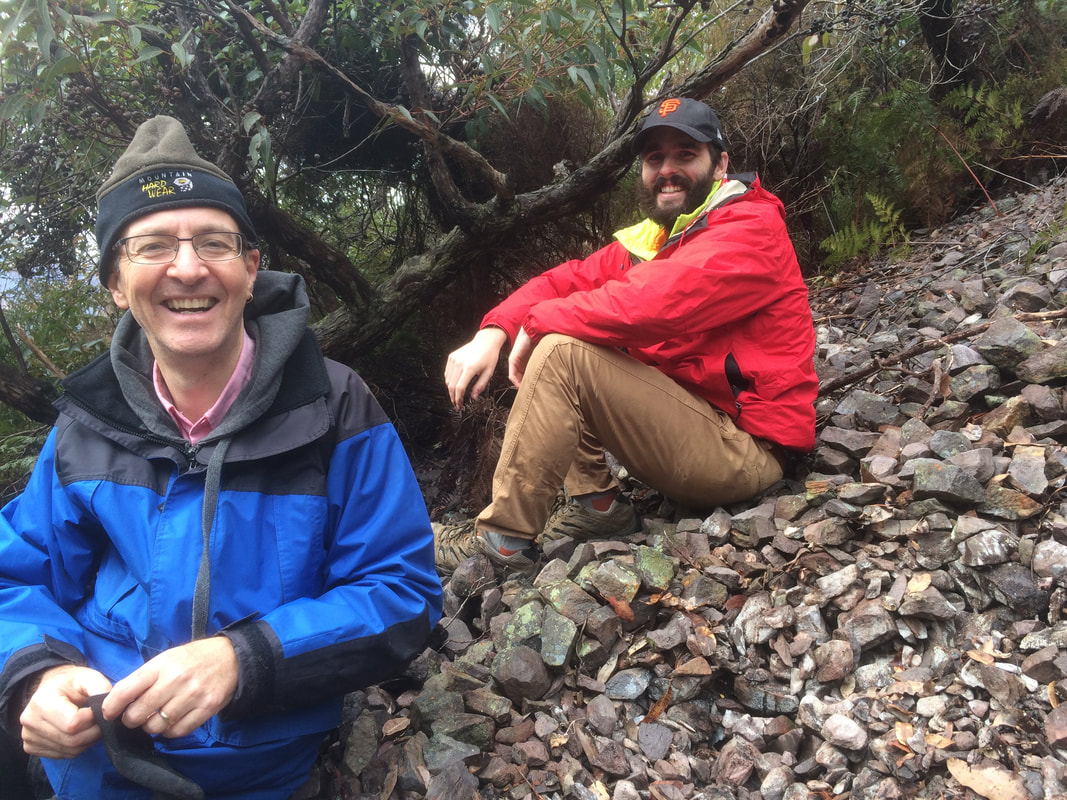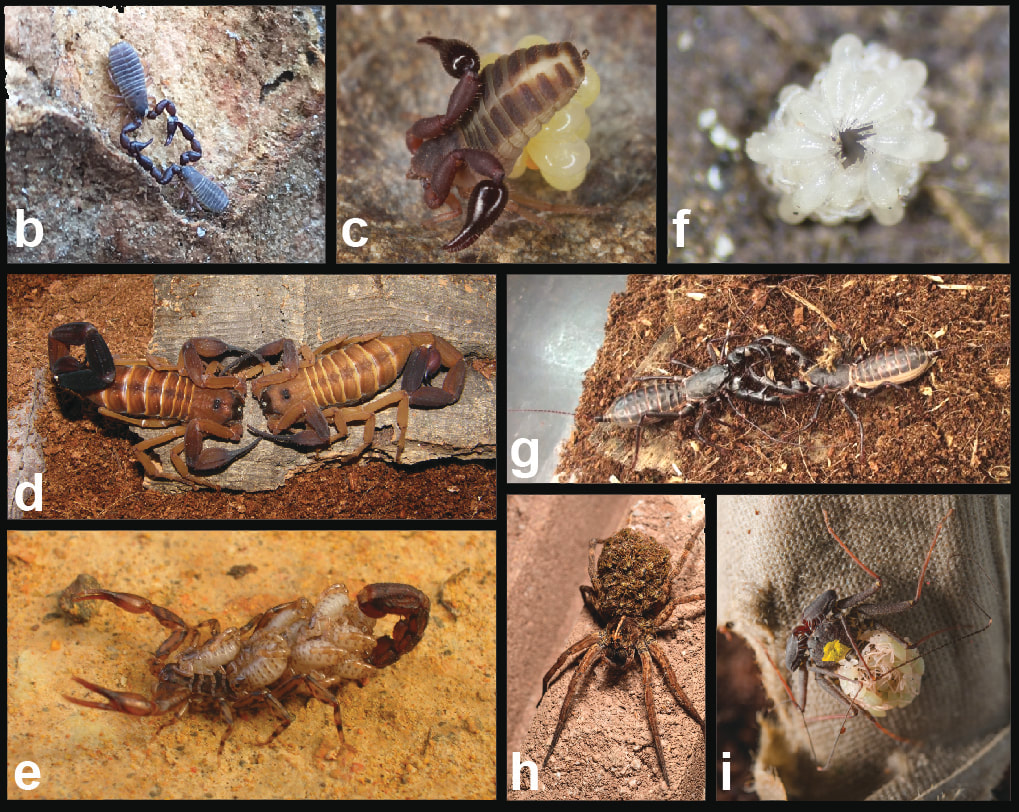Dr. Andrew Zachary Ontano
Graduate student (2016-2021)
Ph.D. awardee (August 2021)
Email: ontano at wisc dot edu
Graduate student (2016-2021)
Ph.D. awardee (August 2021)
Email: ontano at wisc dot edu
|
Curriculum vitae (updated Nov 2020)
My Masters research in San Diego focused on the use of molecular phylogenies to test hypotheses about co-speciation of feather mites and birds. At UW-Madison, I have been working on the phylogenetic placement of pseudoscorpions in the chelicerate tree of life. On the phylogenetic side, I am interested in how taxonomic sampling can be used to mitigate long branch attraction artifacts. On the evo-devo side, I am using developmental genetic data and rare genomic changes from a pseudoscorpion genome to test competing hypotheses of phylogenetic placement. Most of my fieldwork and benchwork have focused on the Western Australian species Conicochernes crassus, which I hope will become a useful model system for study of comparative arthropod development. |
|
Research snapshots:
|



